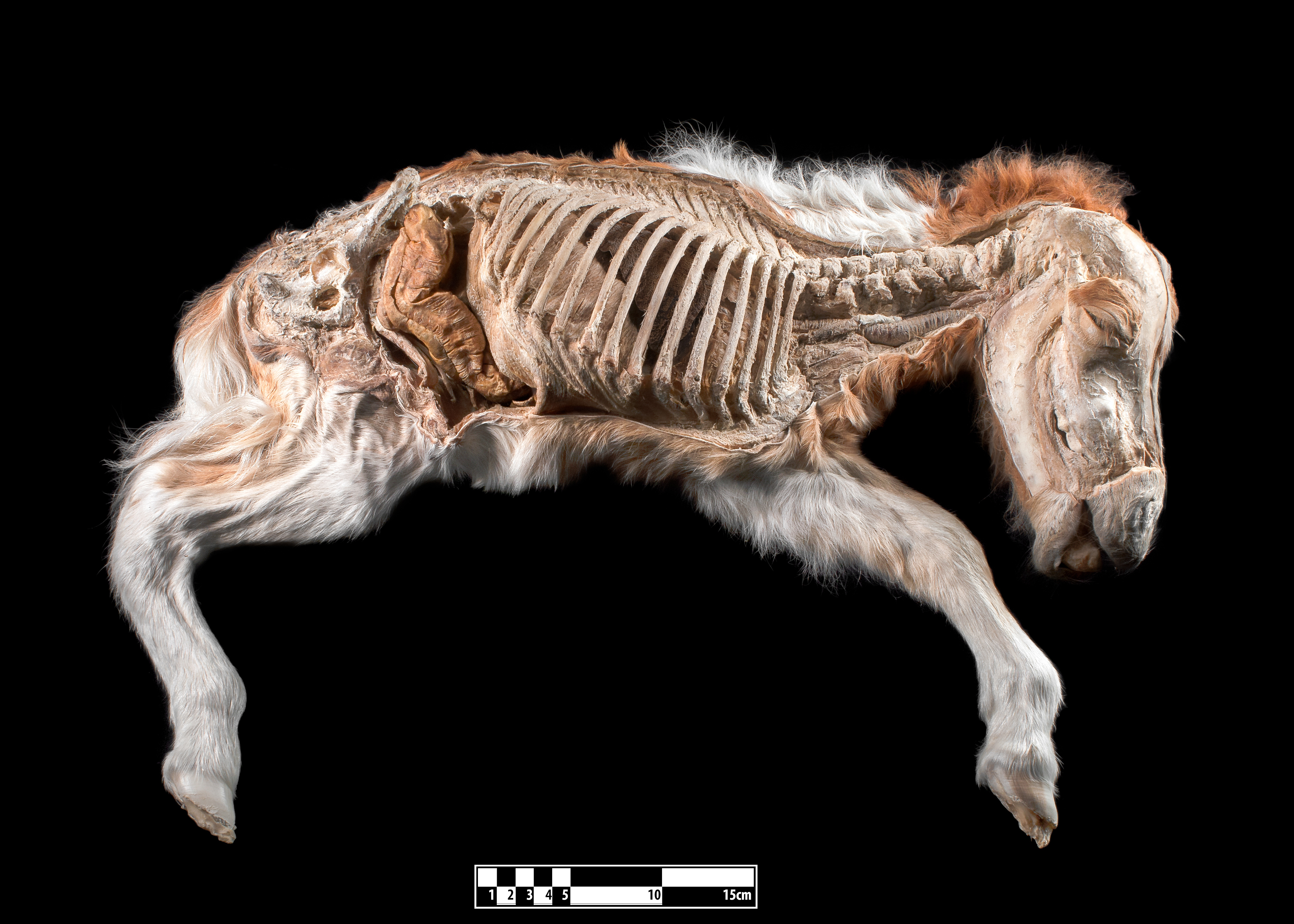The Wikipedia article of the day for October 19, 2016 is
Komm, du süße Todesstunde, BWV 161.
Komm, du süße Todesstunde (Come, o sweet hour of death), BWV 161, is a church cantata composed by Johann Sebastian Bach in Weimar for the 16th Sunday after Trinity Sunday, and probably first performed in 1716. The text, provided by the court poet Salomon Franck, was based on the prescribed gospel reading about the young man from Nain, and reflected on longing for death, seen as a transition to a life united with Jesus. The cantata in six movements opens with alternating arias and recitatives, leading to a chorus and a concluding chorale, a stanza of the hymn "Herzlich tut mich verlangen" by Christoph Knoll. The chorale tune appears in the first movement, played by the organ, providing a unity to the composition. Bach scored the work for alto and tenor soloists, a four-part choir, and a Baroque chamber ensemble of recorders, strings and continuo. In one recitative, he creates the images of sleep, of waking up, and of funeral bells. Although the libretto was published in a collection in 1715, Bach probably did not perform it until September 1716, due to a long period of public mourning in the duchy for the brother of Duke Ernst August.









